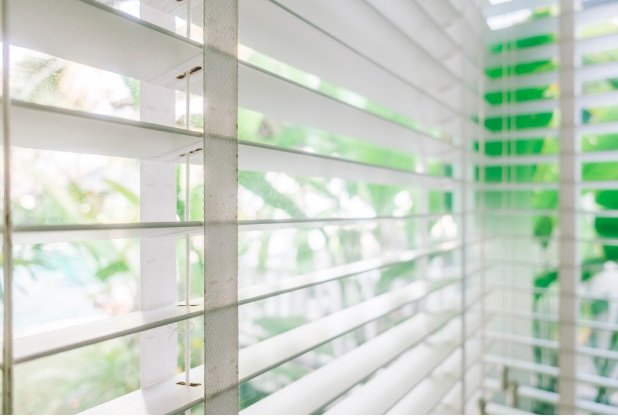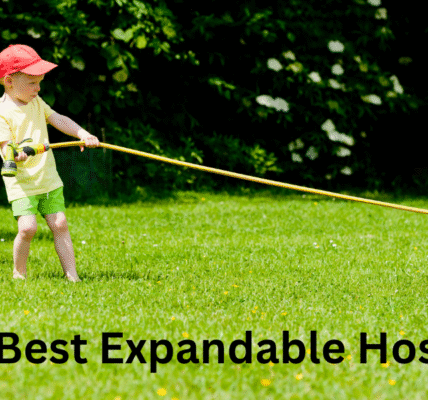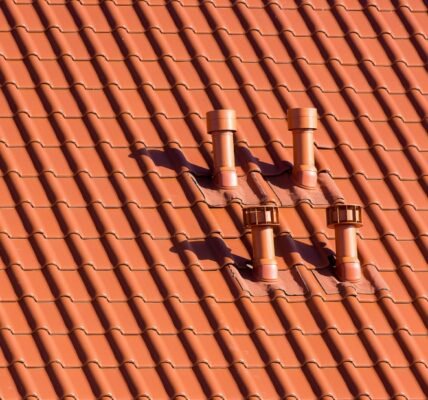Maximizing Light Control and UV Protection with Motorized Shades: Understanding Their Crucial Role
Motorized shades are window coverings operated by electric or battery-powered mechanisms, allowing easy raising and lowering. Often integrated with smart home systems, they can be controlled remotely via smartphones, tablets, or voice commands. Available in various styles and materials, motorized shades offer privacy, light control, and energy efficiency by regulating indoor temperatures. Ideal for hard-to-reach windows or busy households, they enhance convenience while contributing to a modern home’s functionality.
These shades provide effective light management and UV protection. With a simple button press, users can adjust natural light to reduce glare and protect furniture and flooring from fading caused by ultraviolet rays. A motorized shades by Rolli Shades are a prime example, merging sleek design with cutting-edge functionality. Combining practicality with style, motorized shades suit both residential and commercial spaces seeking improved comfort and energy savings.
The Importance of Controlling Light and UV Rays
Unregulated exposure to natural and artificial light, particularly ultraviolet (UV) rays, poses health and environmental risks. Prolonged UV exposure may cause skin damage, increase the risk of skin cancer, and contribute to eye conditions such as cataracts. Excessive artificial light can disrupt wildlife behavior and plant growth, while light pollution affects human sleep patterns by disturbing circadian rhythms essential to wellbeing.
Proper management of light sources improves comfort by reducing glare, enhances mood, and boosts productivity. Window treatments that filter sunlight can protect occupants from harmful UV rays without sacrificing natural illumination. Thoughtful design integrating light control promotes both physical health and mental clarity in indoor environments.
The Role of Motorized Shades
Motorized shades use advanced technology to control light and block UV radiation efficiently. Equipped with sensors, they automatically adjust to sunlight levels to maintain the desired ambiance. Constructed from specialized materials, these shades reflect or absorb sunlight, limiting heat gain and preventing interior fading. By modulating natural light, they improve energy efficiency and offer ease of use alongside modern aesthetics.
Varieties include sheer fabrics that filter light while maintaining brightness, blackout shades that fully block external light for privacy and optimal sleep conditions, and dual roller systems combining both options for versatility. Smart motorization allows users to customize settings according to changing sunlight and personal preference.
Benefits of Motorized Shades in Light Control and UV Protection
Motorized shades offer significant convenience by simplifying daily tasks through automated operation. This reduces effort and time spent adjusting window coverings. Their efficiency optimizes energy use by reducing the need for artificial lighting and cooling, leading to lower utility costs and a smaller carbon footprint.
Beyond functionality, motorized shades enhance interior aesthetics and can increase property value by improving overall appeal and comfort. A well-chosen system complements décor while serving as a strategic investment in energy conservation and lifestyle enhancement.
Selecting Motorized Shades
Choosing the right motorized shades requires consideration of room lighting needs and privacy levels to determine opacity. Control options vary from basic remote controls to full smart home integration. Material selection should align with design preferences and energy efficiency goals. Accurate window measurements ensure a proper fit, while style choices enhance the space and maximize convenience through automation.
Fabric choice impacts UV protection and light diffusion; lighter materials soften sunlight, while darker fabrics reduce glare. Color selection should harmonize with the interior, balancing versatility and accentuation as desired.
Maximizing Light Control and UV Protection with Motorized Shades
Optimal light control involves careful positioning and angling relative to natural or artificial light sources to achieve desired illumination effects. Reflective surfaces and diffusers can further balance brightness and reduce harsh glare.
To protect interiors from UV damage, motorized shades are best closed during peak sunlight hours, typically mid-morning to late afternoon, when UV radiation is strongest. Opening shades in early morning or late evening allows natural light while minimizing exposure. Adjusting settings seasonally and according to weather can optimize protection and comfort.
Maintaining Motorized Shades
Regular maintenance prolongs the life and performance of motorized shades. Dusting or vacuuming fabric prevents dirt accumulation, while periodic inspection and lubrication of mechanical parts ensure smooth operation. Protecting fabrics from prolonged direct sunlight reduces fading. Organizing cords avoids tangles and potential damage. Following manufacturer’s guidelines for cleaning and servicing is essential.
Timely repairs and professional servicing prevent breakdowns and maintain safety and efficiency. Adhering to recommended maintenance preserves warranties and reduces long-term costs, supporting consistent performance and user satisfaction.
FAQs
How long do motorized shades typically last?
With proper care and maintenance, motorized shades can last 10 to 15 years or more. Quality of materials, frequency of use, and environmental conditions influence their lifespan.
Can motorized shades be integrated with existing smart home systems?
Yes, most modern motorized shades are compatible with popular smart home platforms such as Alexa, Google Home, and Apple HomeKit, allowing seamless voice and app control.
Are motorized shades energy efficient?
Yes, motorized shades help regulate indoor temperatures by blocking heat during summer and retaining warmth in winter, reducing reliance on HVAC systems and lowering energy bills.


